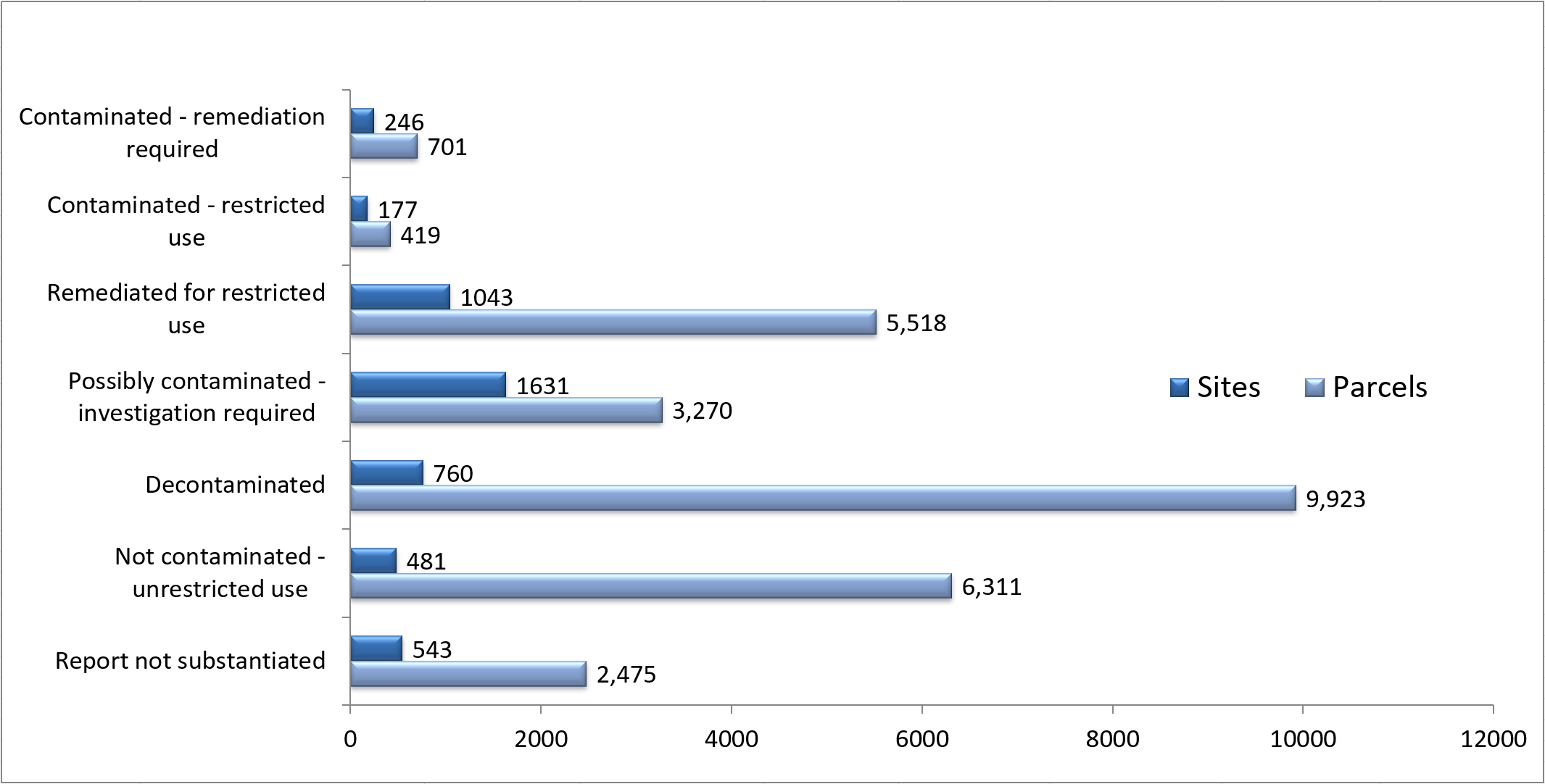The Contaminated Sites Act 2003 (the Act) was introduced to identify, record, manage and clean up contamination.
Under the Act, known or suspected contaminated sites must be reported to the Department of Water and Environmental Regulation, investigated and, if necessary, cleaned up (remediated).
Responsibilities
We administer and enforce the Act, which includes classifying sites (in consultation with the Department of Health) and making information on contaminated sites available to the public.
Investigating and cleaning up contaminated sites is, in most cases, the responsibility of the polluter or current site owner.
Site classification
A site classification is a description assigned to an area of land that has been reported to us under the Act, as a site that is known or suspected to be contaminated.
'Contaminated' is defined in the Act as:
Contaminated – in relation to land, water or a site, means having a substance present in or on that land, water or site at above background concentrations that presents, or has the potential to present, a risk of harm to human health, the environment or any environmental value.
We can allocate one of seven classifications to sites. For further information, see our fact sheets and technical advice.
The status of contaminated sites across the seven classifications at 30 June 2025 is as follows:
Frequently asked questions
View answers to frequently asked questions about contaminated sites.



